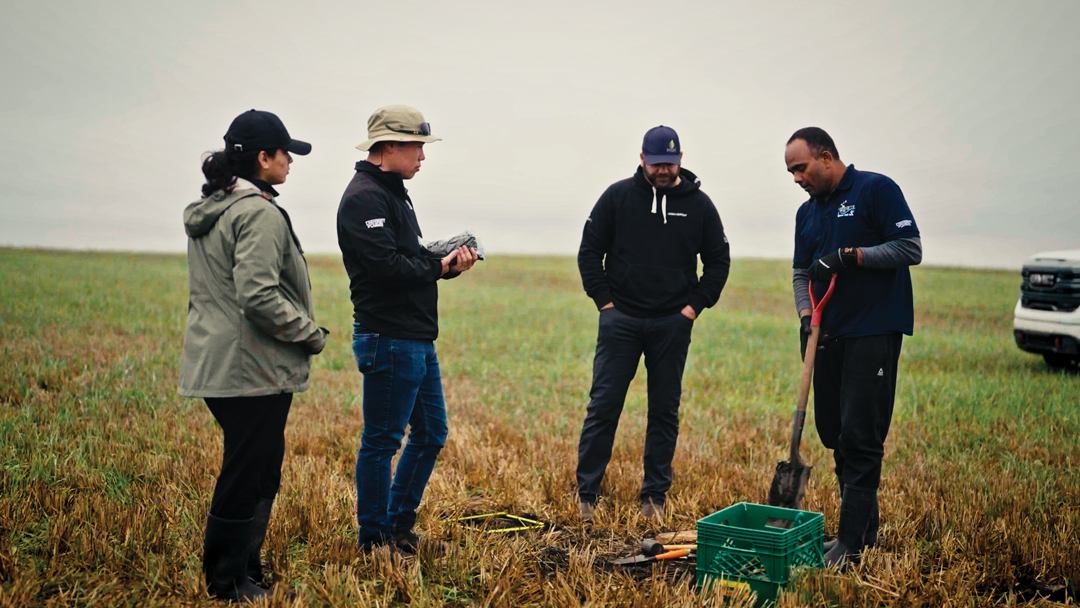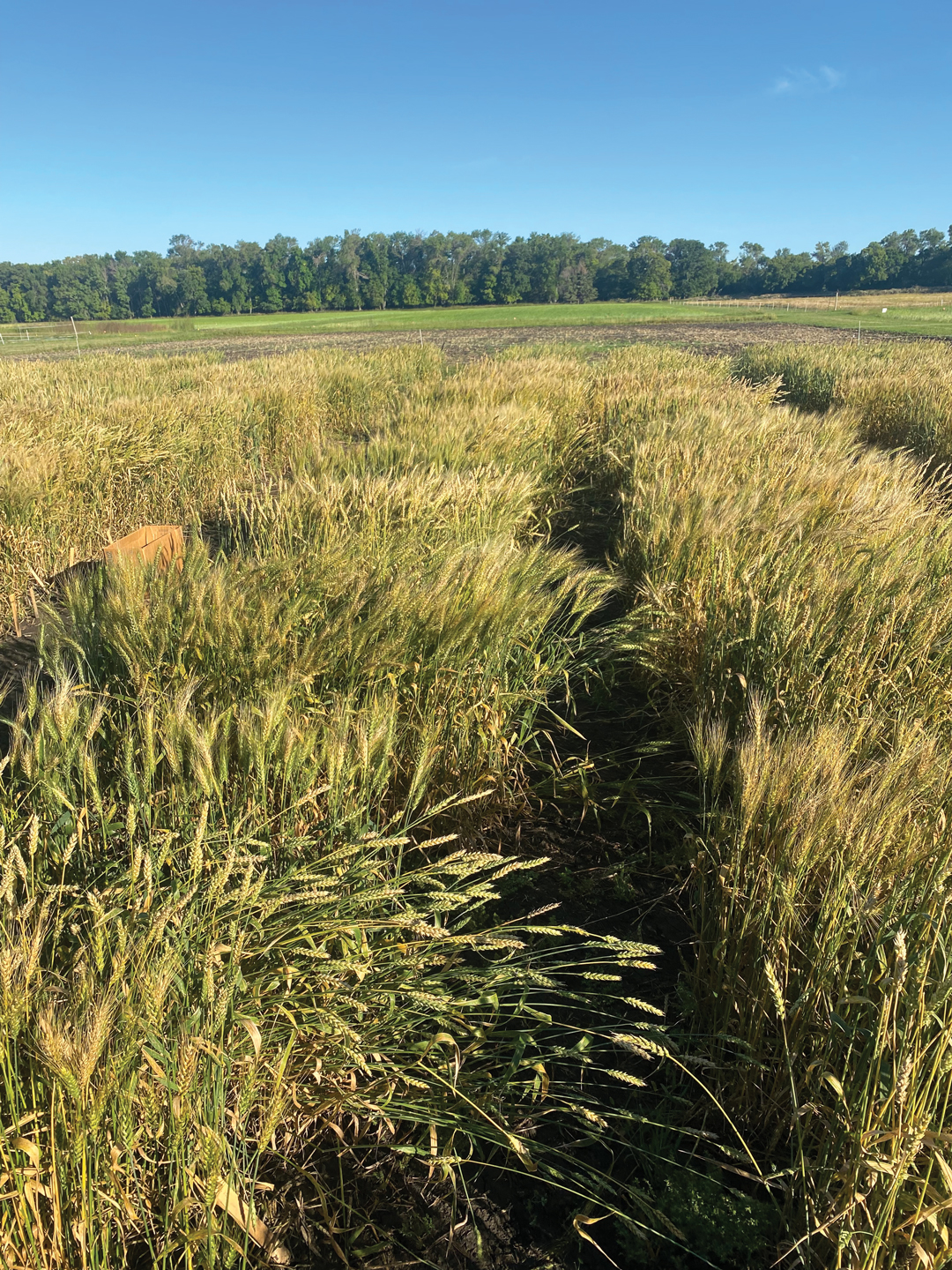CARBON ASSETS MADE EASY
BY ADELINE PANAMAROFF • PHOTO COURTESY OF CANZA
The Canadian Alliance for Net-Zero Agri-Food (CANZA) recognizes the carbon credit market can potentially create agricultural revenue streams. As agricultural carbon pricing has slowly developed in recent years, sequestration has typically been measured by lab analysis of soil samples. Though effective, it is a slow and costly process. A rough estimate of $3.30 per acre for sample analysis would be combined with the cost of sampling and further processing. Farmers who wish to participate in the carbon assets market may require speedier data delivery at a lower cost.
To improve the assessment system, CANZA launched its Climate-Smart Farming Initiative pilot project in partnership with the University of Saskatchewan and the University of Guelph. Phase one ran from July to November 2023. The project is intended to develop an easy-to-use soil carbon assessment process that will help form a standard definition of what constitutes an agricultural carbon credit. This measurement, reporting and verification (MRV) framework will be used to assist farmers who wish to participate in the carbon marketplace.
In early 2023, test sites were selected on the 30,000-acre Hebert Grain Ventures farm near Moosomin, SK. To estimate the amount of carbon sequestration, researchers dug test pits and scanned the soil with an infrared spectrometer. The images it produced are being studied with the use of AI and machine learning software to determine their carbon content. This data will help refine the process of carbon sequestration measurement and further build the MRV framework.
The first phase of the project will conclude in the second quarter of 2024. It will then be scaled up to include test sites in Alberta, British Columbia, Manitoba, Ontario and Quebec. The target is to produce measurements in real time that account for soil variability and to make it available to farmers on their hand-held devices.
By creating tradable carbon assets, CANZA hopes farmers will widely adopt soil regenerative practices and join the carbon market. This would also assist the agricultural supply chain more broadly to reach net-zero targets.
“What we’re trying to develop is a low-cost and reliable measurement, reporting and verification system for soil carbon,” said Barbara Swartzentruber, interim managing director of CANZA. “It would be a set of tools and a process that helps farmers to, in a cost-efficient, simple way, measure the increases in soil carbon that they are bringing about as a result of adopting beneficial management practices for their soil.
“The pilot project is meant to bring key stakeholders together with farmers across the full value chain. This will support farmers to take the actions they need to address climate issues,” said Swartzentruber.
Farm owner Kristjan Hebert would like to see farmers take wider interest in boosting their carbon sequestration and receive financial support for doing so. “Let’s highlight what farms have already done historically to sequester carbon and reduce emissions. Cheques need to flow for carbon offsets, insets [internal corporate projects] and carbon emission reductions. Farmers have already implemented many of these strategies.
“Right now, when there isn’t really a flow of revenue, just a whole bunch of talk, that’s where I think we’re seeing some complacency on farms. It’s tough to just spend money but not see any revenue streams.”







Comments